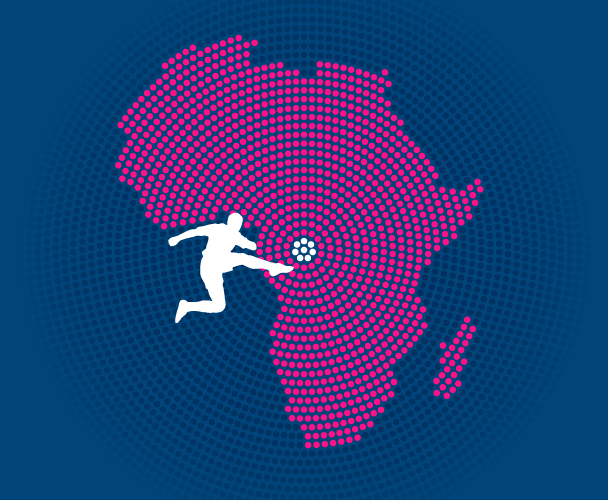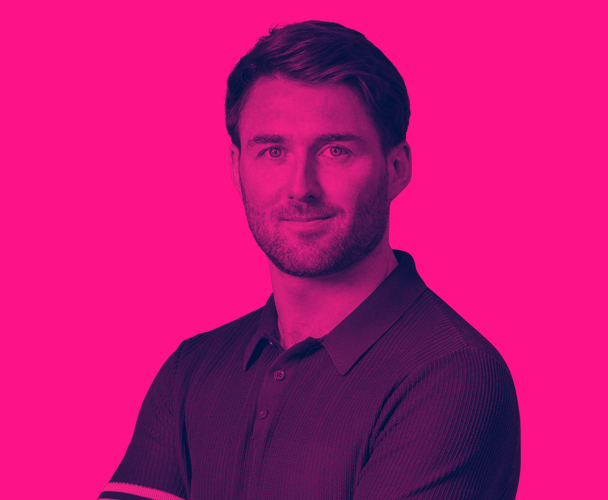The modern day myth of clay
Enter our prediction competition ahead of the Women’s & Men’s Varsity football matches at the Cledara Abbey Stadium on Friday 21 March 2025

Make 3 predictions on the Women’s and Men’s Varsity matches

Win 10star merch if your predictions are correct – or the closest of all entries

Enter here before KO at 16:00, Fri 21 Mar – full T&Cs are on this page
The 10star Summer Intern Program is designed to introduce undergraduate and graduate students to how we apply data science and quantitative modelling within the sports betting industry.
Through this program, interns will have the opportunity to work on real projects, collaborate with experienced professionals, and gain insights into the workings of a constantly evolving and fast paced industry.

Timeframe
- June - September 2025

Location
- Hybrid working, with regular onsite sessions at our offices in Camden, London

Eligibility
- Strong academic performance in a Mathematical discipline
- Experience using a coding language such as R, Python, C#, VBA
- Ability to work independently and in a team environment
- Interested in sports and thinking about them in an analytical way

Application Process (now closed)
- Interested candidates should submit their resume and a cover letter outlining their interest in the internship program to careers@10star.com with the subject line "Summer Intern Program Application"
- Closing date for applications 30 April 2025
- Shortlisted candidates will be contacted for interviews

Benefits
- Professional Development
Work closely with experienced professionals and participate in learning sessions tailored to enhance your skills - Networking Opportunities
Connect with professionals across various departments and build relationships that could benefit your career in the future - Hands-on Experience
Engage in meaningful projects and tasks that contribute to the company's goals - Remuneration
Competitive salary offered for the duration of the internship - Flexibility
Work around your term dates, study requirements and holidays
With Roland-Garros in full swing, we're challenging the idea of whether proficiency on clay is now a prerequisite for top players.
Since 2022, Top 10 player Hubert Hurkacz has a 67.6% win-ratio on clay, compared to 66.9% on other surfaces. Fellow consistently high-ranking players with attacking styles – Taylor Fritz and Grigor Dimitrov – have similar surface differentials across the same period, despite little association with clay prowess.

On the Men’s side, there was a time when a big serving, attacking player could reach the pinnacle of ATP and sustain a top ten ranking with very little appetite for, or relative success on, clay courts. Andy Roddick – with a Best French Open result of the Fourth Round - fits this profile.
Underlining the point, Hurkacz recently beat Rafa Nadal, Tomas Etcheverry and Sebastian Baez back-to-back in the recent Rome Masters. While any individual result was not wholly unexpected, all are high-level clay courters to the point of specialists.
Though the WTA is less well known for player court specialisation, there are still comparisons to be made with the current ATP crop. Caroline Garcia is a mainstay at the top of the WTA Serve Stats leaderboard, yet since 2022, her win-ratios on both clay and other surfaces (combined) are an identical 62.5%.

The trend toward holistic clay court commitment was in many ways set by the preceding generation. Sharapova was twice crowned Roland Garros champion relatively late in her career, having vastly improved her movement on clay.
Coinciding with this, we have an era of slower hard and grass courts. With certain hard courts possessing speed ratings as low as their clay counterparts, it’s not surprising the reduced variation in court profiles is replicated in player performance across surfaces. Unlike grass courts, the clay court season stretches far and wide, with multiple high-profile tournaments on both the ATP and WTA. While these facts remain the case, the answer to the question is evidently yes.
The 2023 Madrid 1000 on clay finished with a higher 1st serve points won % than Eastbourne’s grass court equivalent, a stat that would have been unheard of even five years back. Sample size comes into this, but also something often overlooked, altitude. The sea level English tournament sees gravity take a bigger grip than at the altitudes of central Spain, and it needs to be factored into the model.
At 10star, we look beyond the surface and process proprietary data on a multiple of other factors to find the true picture of which players might have the edge in any particular match.























